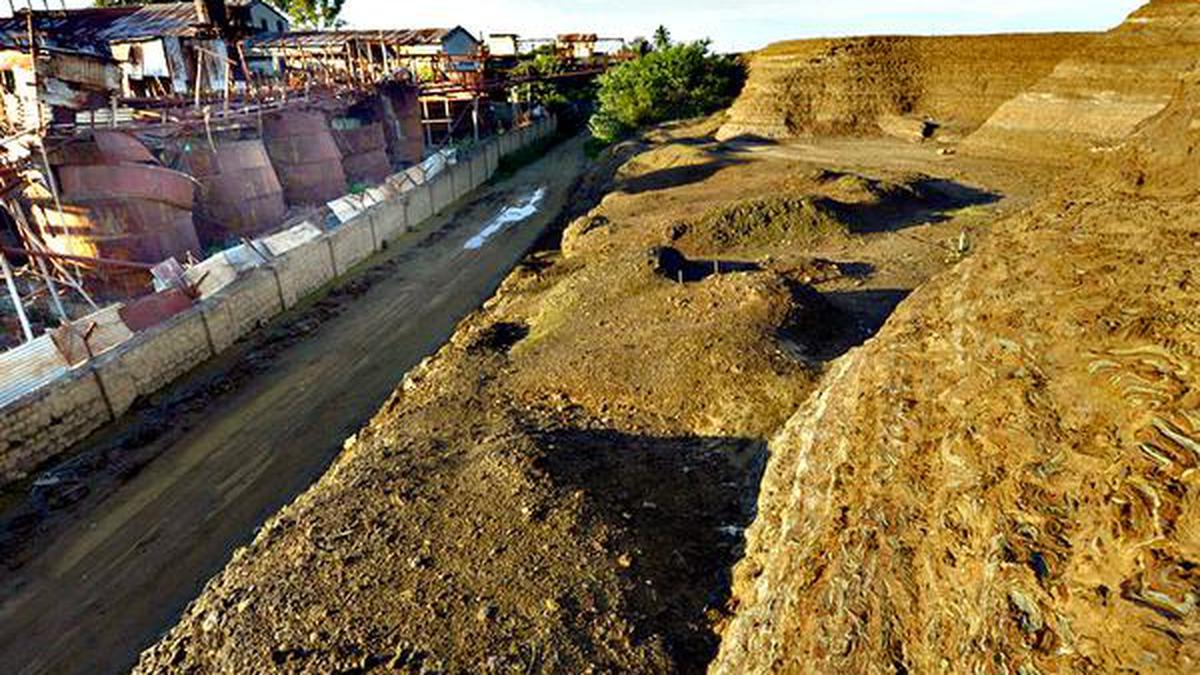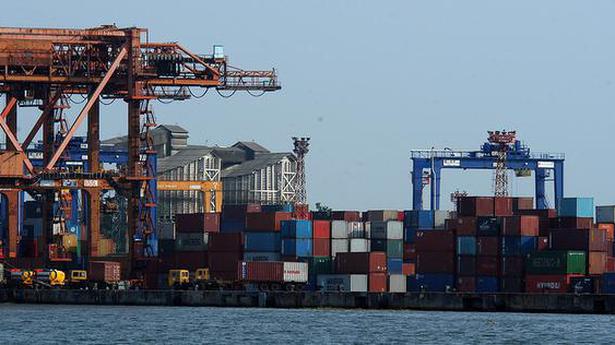In its peak, the yield of gold in KGF was as high as 45 gram per tonne of ore in the 1880s, and when it was closed it had come down to less than 3 gram. File photo File photo
| Photo Credit: Bhagya Prakash K
India plans to invite bids to extract gold from 50 million tonnes of processed ore in a cluster of colonial-era mines in Karnataka, a senior government official with direct knowledge of the matter said on Thursday.
The Kolar fields, located about 65 km northeast of Bengaluru, are among the country’s oldest gold mines.
The Kolar mines, closed more than 20 years ago, held gold deposits worth about $2.1 billion, and India is now keen to take advantage of new technology that can extract gold from even the leftovers of ore that was processed in the past.
Other than gold, the government also aims to extract palladium from the processed ore, or dumps, said the official who did not wish to be named in line with official rules.
“We are looking at how to monetise these gold reserves trapped in the processed ore,” the official said.
He said the government expects to invite bids in the next four to six months.
“Our only constraint is that only foreign companies have the technology and experience of taking out gold from processed ore, but foreign companies can always tie up with local companies or even form a consortium,” said the official, who is directly involved in decision-making.
The Ministry of Mines did not immediately reply to a Reuters email seeking comments.
India is the world’s biggest gold consumer after China and meets most of its demand through imports.
In July, India raised the duty on gold imports to 12.5% from 7.5% to dampen demand in an attempt to bring down the trade deficit and ease pressure on the rupee.
India’s demand for gold rose 14% from a year-earlier period to 191.7 tonnes in the quarter through September, according to the World Gold Council.




